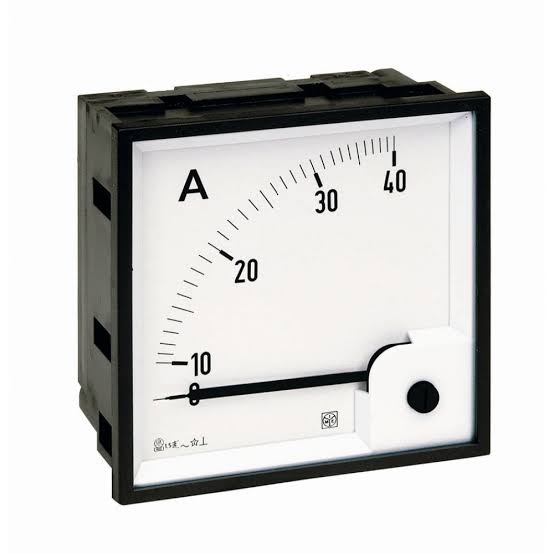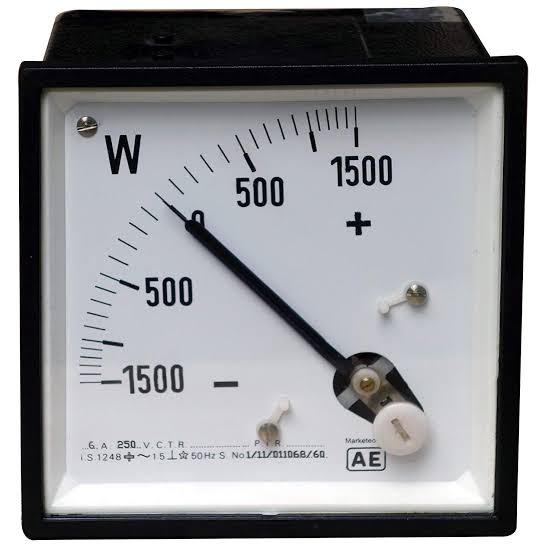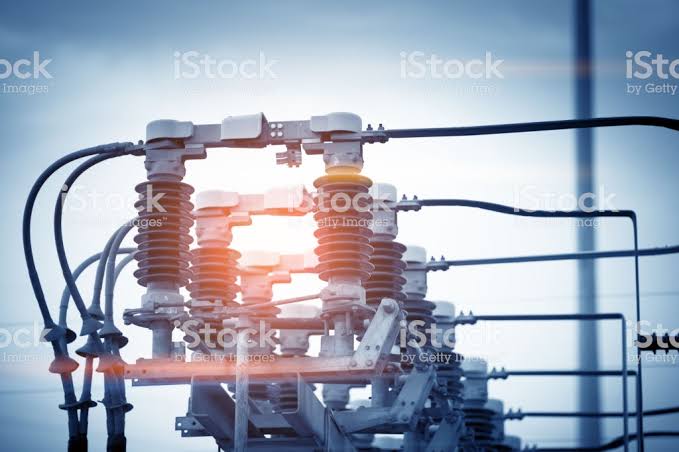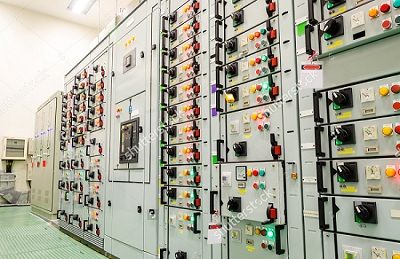What is a Tariff ?
The rate at which electrical energy is supplied to a consumer is known as tariff.
Although tariff should include the total cost of producing and supplying electrical energy plus the profit, yet it cannot be the same for all types of consumers. It is because the cost of producing electrical energy depends to a considerable extent upon the magnitude of electrical energy consumed by the user and his load conditions. Therefore, in all fairness, due consideration has to be given to different types of consumers (e.g., industrial, domestic and commercial) while fixing the tariff. This makes the problem of suitable rate making highly
complicated.
Characteristics of a Tariff
A tariff must have the following desirable characteristics :(i) Proper return
The tariff should be such that it ensures the proper return from each consumer. In other words, the total receipts from the consumers must be equal to the cost of producing and supplying electrical energy plus reasonable profit. This will enable the electric supply company to ensure continuous and reliable service to the consumers.
(ii) Fairness
The tariff must be fair so that different types of consumers are satisfied with the rate of charge of electrical energy. Thus a big consumer should be charged at a lower rate than a small consumer. It is because increased energy consumption spreads the fixed charges over a greater number of units, thus reducing the overall cost of producing electrical energy.
(iii) Simplicity
The tariff should be simple so that an ordinary consumer can easily understand it. A complicated tariff may cause an opposition from the public which is generally distrustful of supply companies.
(iv) Reasonable profit
The profit element in the tariff should be reasonable. An electric supply company is a public utility company and generally enjoys the benefits of monopoly. Therefore, the investment is relatively safe due to non-competition in the market. This calls for the profit to be restricted to 8% or so per annum.
(v) Attractive
The tariff should be attractive so that a large number of consumers are encouraged to use electrical energy. Efforts should be made to fix the tariff in such a way so that consumers can pay easily.
Types of tariff
- Simple tariff
- Flat rate tariff.
- Block rate tariff
- Two-part tariff.
- Maximum demand tariff.
- Power factor tariff.
- Three-part tariff
1. Simple tariff
When there is a fixed rate per unit of energy consumed, it is called a simple tariff or uniform rate tariff.
In this type of tariff, the price charged per unit is constant i.e., it does not vary with increase or
decrease in number of units consumed. The consumption of electrical energy at the consumer’s terminals is recorded by means of an energy meter. This is the simplest of all tariffs and is readily understood by the consumers.
2. Flat rate tariff
When different types of consumers are charged at different uniform per unit
rates, it is called a flat rate tariff.
In this type of tariff, the consumers are grouped into different classes and each class of consumers is charged at a different uniform rate. For instance, the flat rate per kWh for lighting load may be 60 paise, whereas it may be slightly less† (say 55 paise per kWh) for power load. The different classes of consumers are made taking into account their diversity and load factors. The advantage of such a tariff is that it is more fair to different types of consumers and is quite simple in calculations.
3. Block rate tariff
When different types of consumers are charged at different uniform per unit
rates, it is called a flat rate tariff.
In block rate tariff, the energy consumption is divided into blocks and the price per unit is fixed in
each block. The price per unit in the first block is the highest and it is progressively reduced for the succeeding blocks of energy.
The advantage of such a tariff is that the consumer gets an incentive to consume more electrical
energy. This increases the load factor of the system and hence the cost of generation is reduced.
4. Two-part tariff
When the rate of electrical energy is charged on the basis of maximum
demand of the consumer and the units consumed, it is called a two-part tariff.
In two-part tariff, the total charge to be made from the consumer is split into two components viz.fixed charges and running charges. The fixed charges depend upon the maximum demand of the consumer while the running charges depend upon the number of units consumed by the consumer. Thus, the consumer is charged at a certain amount per kW of maximum†† demand plus a certain
amount per kWh of energy consumed
5. Maximum demand tariff
It is similar to two-part tariff with the only difference that the
maximum demand is actually measured by installing maximum demand meter in the premises of the consumer. This removes the objection of two-part tariff where the maximum demand is assessed
merely on the basis of the rateable value. This type of tariff is mostly applied to big consumers. However, it is not suitable for a small consumer (e.g. residential consumer) as a separate maximum demand meter is required.
6. Power factor tariff
The tariff in which power factor of the consumer’s load is taken into
consideration is known as power factor tarif.
In an a.c. system, power factor plays an important role. A low* power factor increases the rating of station equipment and line losses. Therefore, a consumer having low power factor must be penalised.
7. Three-part tariff
When the total charge to be made from the consumer is split into three
parts viz., fixed charge, semi-fixed charge and running charge, it is known as a three-part tariff.












0 Comments